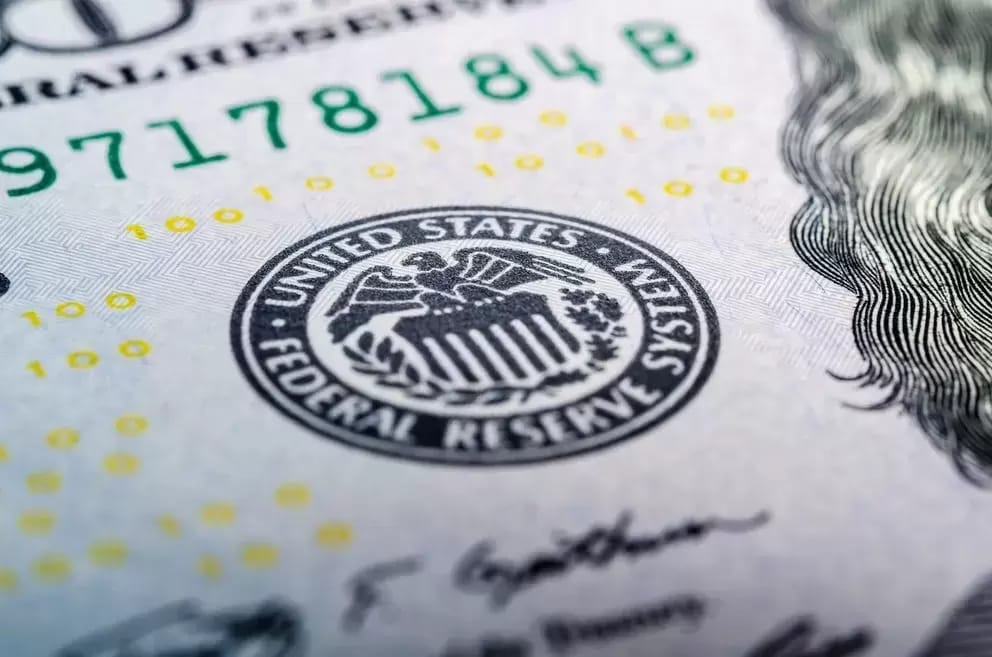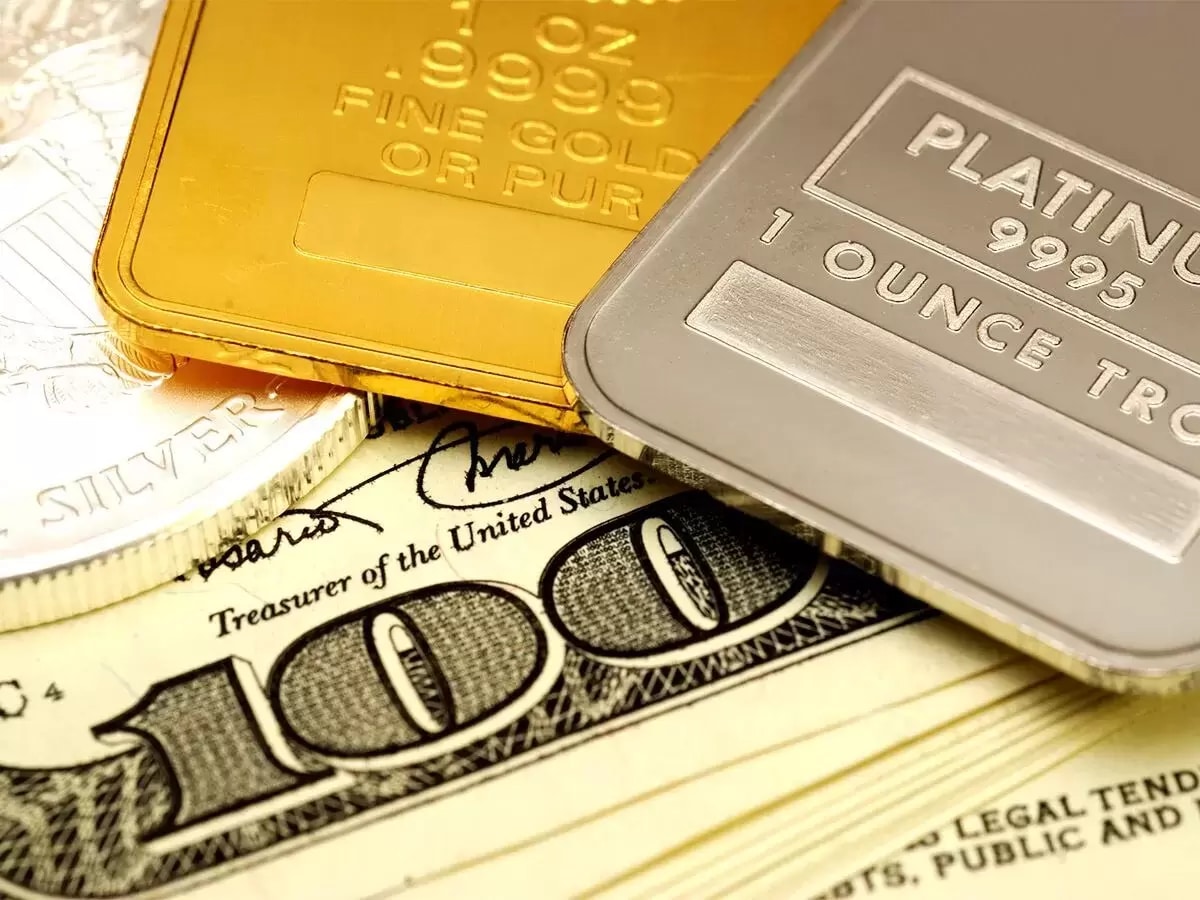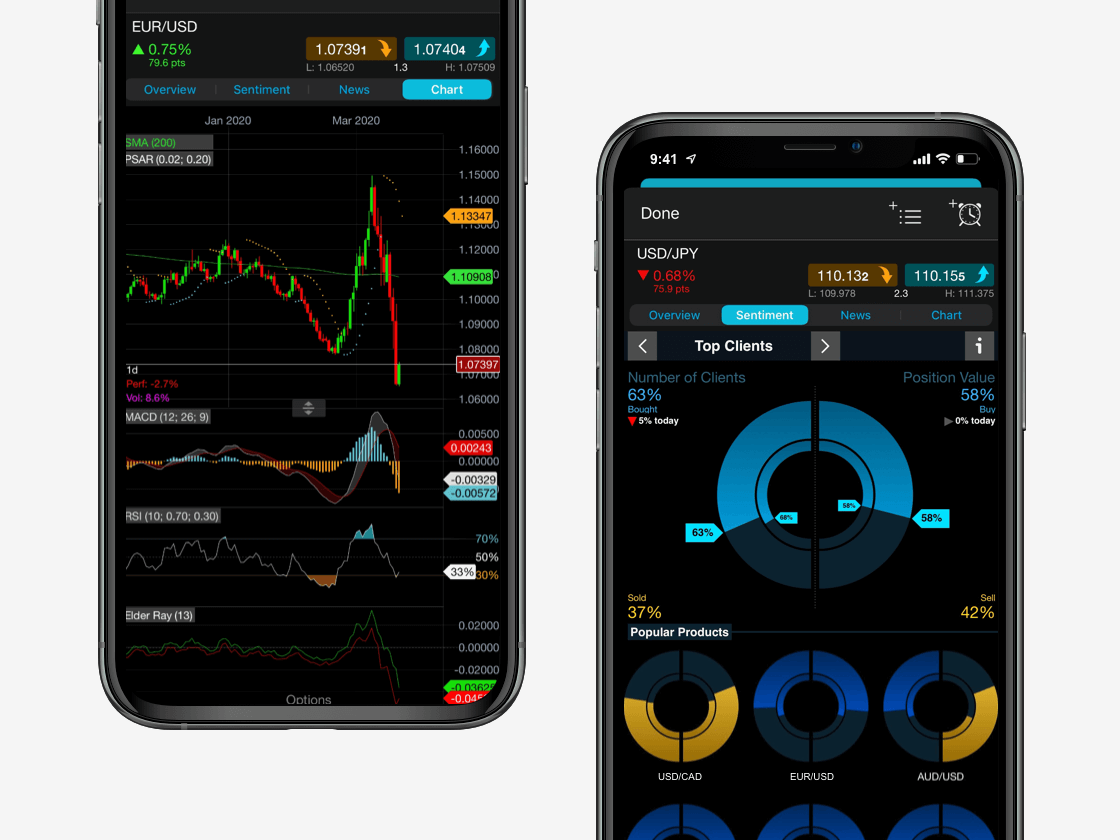The word ‘fiat’ means to be given authorisation, decree, or determination by authority. A fiat currency is issued by a government of a country or territory in the form banknotes, coins, or digital currencies and is backed by the country’s government that is issuing the currency. Its value and success are determined by the public’s faith in that particular currency, the governing body that issued it and the economic performance of the country. It has no value in and of itself and is not backed by a commodity – such as gold or silver – or any other store of value.
The value is also affected by money supply (M2) and the foreign exchange of each country. While M2 is a measure of money supply that includes cash, checking deposits and easily convertible near money, M1 is a narrower measure of money supply – it includes just cash and checking deposits.
A central bank with monetary authority issues currencies for use in a country’s general population. As both the population and the use of a currency grows or shrinks, the central bank issues more or reduces the amount of money in circulation through the banking system. Through this process it creates and tries to control inflation and deflation.
Nearly all national currencies in the world are fiat including currencies such as the US dollar, the British pound, euro, the Japanese yen, and the Canadian dollar – to name a few. The foreign exchange market, also known as forex, is where currencies are exchanged or traded.
The foreign exchange market is by far the largest financial market in the world, dwarfing the size of stock exchanges and bond markets. More than $6.6trn was traded on global foreign exchange markets per day in April 2019, according to the 2019 Triennial Survey of turnover in OTC forex markets. The US dollar is the world’s most actively traded currency, followed by the euro. Forex trading is the process of speculating on these currency movements.
According to the Smithsonian, there is evidence of coins used as currency dating as far back as the sixth or seventh century BC, with paper money first introduced in China in the 11th century.
The oldest currency that is still in use today is the British pound, which is around 1,200 years old. Sterling silver coins were introduced in 775 and paper currency started appearing in 1694.The Bank of England was also formed in 1694 to raise money for King William III’s war with France, when people deposited funds to a bank, notes or paper currency were issued in exchange. The King then used the deposits for the war.



